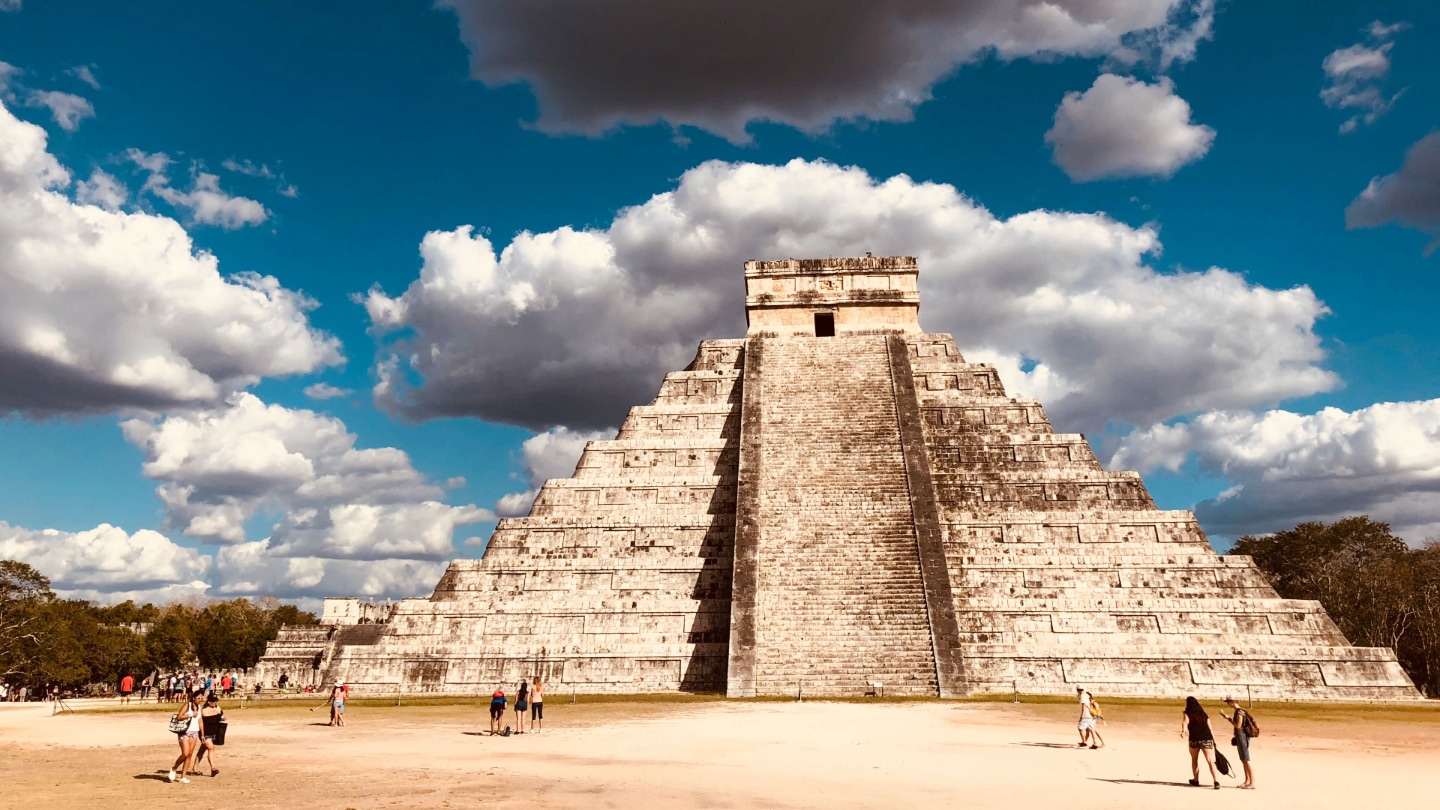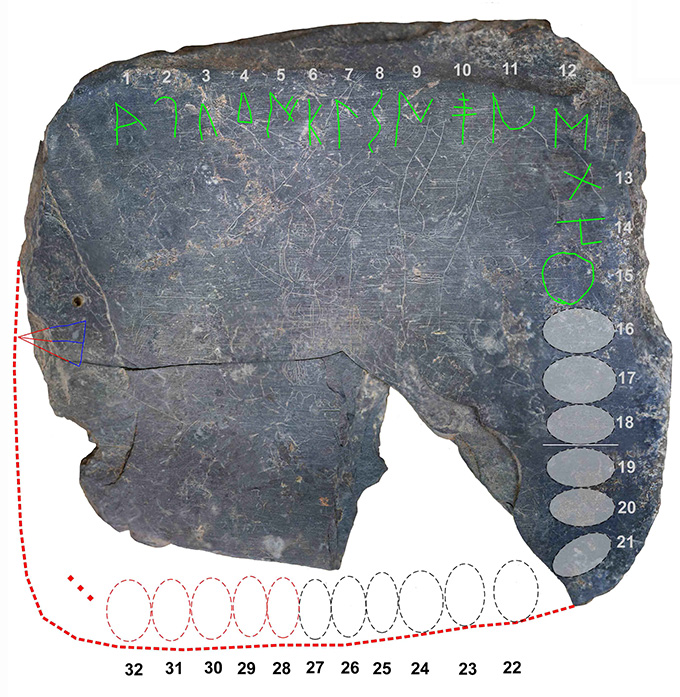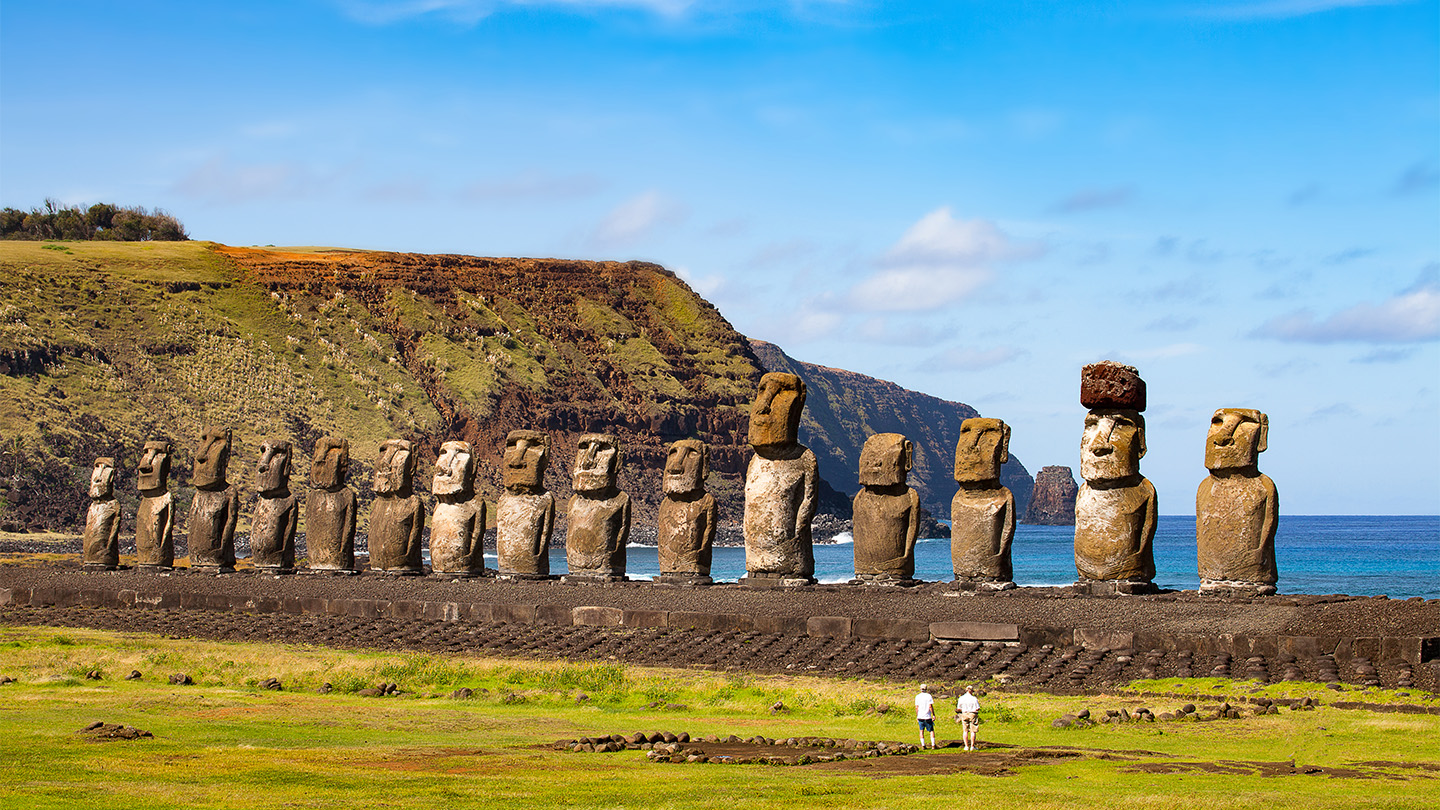Grizzly details about ancient child sacrifice, a map of a lost city in the Amazon and the answer to a Stonehenge mystery are some of this year’s insights into human history.
The gone brain
Discovering a human brain at an archaeological site is more common than you might think. A new archive catalogs some 4,400 ancient brains that have been found dried, frozen or otherwise preserved (SN: 19.3.24). Brains may owe such surprising stability to their chemical composition.

Ancient arts and crafts
The oldest rock art in the Americas may be a group of cave paintings in Argentina dating back about 8,200 years (SN: 3/9/24, p. 16). This is several thousand years older than other rock art in the region. The nearly 900 paintings in a cave called Cueva Huenul 1 – which include geometric shapes plus figures of people and animals – may have helped preserve cultural knowledge across generations of hunter-gatherers.

Herder’s legacy
Yamnaya herders from southwest Asia rewrote the genetic history of Europe starting about 5,000 years ago, according to the DNA of more than 1,600 ancient humans (SN: 2/10/24, p. 14). Northern Europeans may have Yamnaya ancestry to thank for their taller stature and lighter skin, as well as their vulnerability to multiple sclerosis. Meanwhile, Eastern Europeans may have inherited a variant of the Yamnaya gene linked to Alzheimer’s disease.

Egyptian ergonomics
Scroll bending influenced ancient Egyptian scribes (SN: 27.6.24). The skeletons of 30 scribes buried in the Abusir pyramid complex show signs of arthritis and other damage from poor posture.

The central Scottish part of Stonehenge
The mysterious Altar Stone at the heart of Stonehenge likely came from Scotland (SN: 14.8.24). Previously thought to share the Welsh origin of the other Stonehenge blocks, the stone closely matches the mineral composition of the Orcadian Basin, a Scottish rock formation.

Terrible, Terrible, No Good, Very Bad Day of Pompeii
Pompey’s infamous apocalypse was worse than thought. When Mount Vesuvius erupted in AD 79, it not only covered nearby cities in deadly hot gas, ash and rock — it also triggered deadly earthquakes, a study of collapsed buildings and crushed skeletons found.SN: 8/7/24).

Maya sacrifices without masks
Child sacrifices in a Maya burial chamber in the Yucatan Peninsula were all young boys, DNA shows, overturning a theory that women were sacrificed there in fertility rituals (SN: 6/12/24). The boys, sacrificed between 500 and 900 AD, may have been killed to appease a rain god.

A lost city no more
Laser scans have revealed the earliest and largest known urban complex in the Amazon (SN: 1/11/24). Beneath the trees in Ecuador’s Upano Valley lie thousands of mounds that were once homes and community spaces, along with the remains of roads and farms. Inhabited from approximately 500 BC to 1500 AD, the city shows how sophisticated Amazonian civilizations were long before European conquest.

X marks the place
In a rare case of productive social media movement, a researcher has identified part of the alphabet of a lost civilization in a photo of an engraved plaque posted on X (SN: 24.6.24). Found in Spain, the slate is from the Tartessos civilization, which disappeared in the fifth century BC. The writing system is related to the Phoenician alphabet that gave shape to Latin, Spanish and English writing.

Agriculture was not inevitable
A group of Stone Age hunter-gatherers known as the Iberomaurusians ate a mostly vegetarian diet of wild plants for millennia. And they did so without ever growing those plants as crops, according to an analysis of roughly 15,000-year-old human bones and teeth from a cave in Morocco (SN: 6/1/24, p. 14). These findings challenge the traditional idea that plant-based diets ultimately lead people to grow their own food.

The population boom idea is a failure
Contrary to popular belief, the early Polynesian settlers of Rapa Nui, otherwise known as Easter Island, may not have suffered a population boom that destroyed their civilization and the island’s environment. Ground surveys and satellite data suggest that Polynesian islanders who arrived about 800 years ago established a modest agricultural system and maintained a stable population of less than 4,000 until the arrival of Europeans 300 years ago (SN: 8/10/24, p. 14).

#Major #archeology #discoveries #include #preserved #brain #lost #city
Image Source : www.sciencenews.org